Keeping your mattress clean and protected is essential for a good night's sleep. A plastic mattress protector is a great way to maintain the hygiene and longevity of your mattress. However, with regular use, it is bound to get dirty and stained. So, can you wash a plastic mattress protector? The answer is yes! Here's a step-by-step guide on how to wash a plastic mattress protector.How to Wash a Plastic Mattress Protector
The good news is that most plastic mattress protectors are machine washable. Check the care instructions on the label to ensure that yours is safe to be washed in the machine. If not, then you can follow the same steps to hand wash it.Can You Machine Wash a Plastic Mattress Protector?
1. Start by removing the plastic mattress protector from your bed and taking it to the laundry room. 2. Shake off any loose dirt or debris from the protector before putting it in the washing machine. 3. If your protector has any stains, pre-treat them with a stain remover or a mixture of white vinegar and baking soda. Let it sit for a few minutes before washing. 4. Set your washing machine to a gentle cycle with cold water. Hot water can damage the plastic and cause it to shrink or melt. 5. Add a mild detergent to the machine. Avoid using bleach or fabric softener as they can damage the plastic. 6. Once the cycle is complete, take out the mattress protector and gently shake it to remove any excess water. 7. Hang it to dry in a well-ventilated area. Avoid direct sunlight as it can cause the plastic to fade or become brittle.Step-by-Step Guide to Cleaning a Plastic Mattress Protector
Now that you know how to wash a plastic mattress protector, here are some tips to ensure that you do it in the best way possible: - Wash the protector separately from other laundry items to avoid any damage or discoloration. - If your washing machine has a delicate or hand wash cycle, use that instead of a regular cycle. - If your protector has a waterproof layer, make sure to check for any tears or leaks before washing. If you notice any, repair them before washing to prevent water from seeping in.Best Way to Wash a Plastic Mattress Protector
It is not recommended to put a plastic mattress protector in the dryer. The heat can cause the plastic to melt or shrink, rendering it useless. Instead, air drying is the best option.Can You Put a Plastic Mattress Protector in the Dryer?
It is recommended to wash your plastic mattress protector at least once every month. However, if you have pets or young children, you may need to wash it more frequently to keep it clean and hygienic. Additionally, if you or someone in your household has allergies or asthma, it is crucial to wash the protector regularly to get rid of any allergens that may have accumulated on its surface.How Often Should You Wash a Plastic Mattress Protector?
As mentioned earlier, it is best to wash a plastic mattress protector in cold water. Hot water can damage the plastic and cause it to lose its waterproofing properties. If you need to use warm water to remove tough stains, make sure to check the care instructions first.What Temperature Should You Wash a Plastic Mattress Protector?
No, you should never use bleach on a plastic mattress protector. Bleach can damage the plastic and cause it to become brittle, leading to cracks and tears. Instead, opt for a mild detergent and spot treat any stains before washing.Can You Use Bleach on a Plastic Mattress Protector?
If you notice any stains on your plastic mattress protector, spot treat them before washing. Here are some tips for removing common stains: - For sweat stains, mix equal parts of white vinegar and water and apply it to the stain. Let it sit for 10-15 minutes before washing. - For urine or vomit stains, mix baking soda and water to form a paste and apply it to the stain. Let it sit for 30 minutes before washing. - For blood stains, soak the protector in cold water and salt for 30 minutes before washing.How to Remove Stains from a Plastic Mattress Protector
To keep your plastic mattress protector clean and in good condition, here are some tips to follow: - Wipe it down with a damp cloth every week to remove any surface dirt or dust. - Air it out in the sun once a month to prevent any musty odors. - If you have pets, consider using a pet cover on top of the plastic mattress protector to prevent any damage from their claws. By following these tips and regularly washing your plastic mattress protector, you can ensure that your mattress remains clean and protected for years to come.Tips for Maintaining a Clean Plastic Mattress Protector
The Importance of a Plastic Mattress Protector for Your House Design

Protect Your Investment
 When designing your dream house, it's important to consider all aspects, including the furniture and accessories that will be used. One important piece that often gets overlooked is the
plastic mattress protector
. While it may seem insignificant, this small item plays a crucial role in maintaining the overall design and functionality of your home.
When designing your dream house, it's important to consider all aspects, including the furniture and accessories that will be used. One important piece that often gets overlooked is the
plastic mattress protector
. While it may seem insignificant, this small item plays a crucial role in maintaining the overall design and functionality of your home.
Preserve Your Mattress
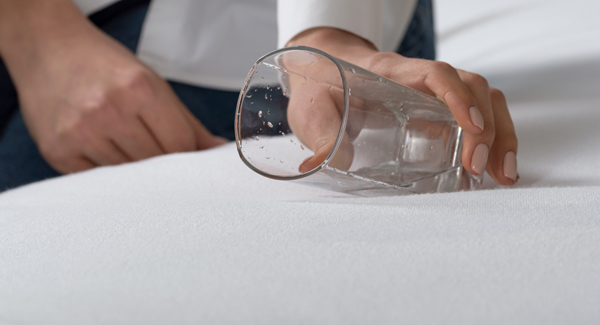 Your mattress is an investment that you want to last for as long as possible. However, without proper protection, it can easily become damaged and need to be replaced, costing you more money in the long run. A
plastic mattress protector
acts as a barrier between your mattress and any potential stains, spills, or accidents that may occur. It can also protect against dust, dirt, and allergens, keeping your mattress clean and hygienic.
Your mattress is an investment that you want to last for as long as possible. However, without proper protection, it can easily become damaged and need to be replaced, costing you more money in the long run. A
plastic mattress protector
acts as a barrier between your mattress and any potential stains, spills, or accidents that may occur. It can also protect against dust, dirt, and allergens, keeping your mattress clean and hygienic.
Extend the Life of Your Mattress
 Not only does a
plastic mattress protector
protect your mattress from damage, but it can also help extend its lifespan. By preventing spills and stains from seeping into the mattress, it can maintain its structural integrity and prevent the growth of mold and bacteria. This means you won't have to replace your mattress as often, saving you money and reducing waste.
Not only does a
plastic mattress protector
protect your mattress from damage, but it can also help extend its lifespan. By preventing spills and stains from seeping into the mattress, it can maintain its structural integrity and prevent the growth of mold and bacteria. This means you won't have to replace your mattress as often, saving you money and reducing waste.
Enhance Your House Design
 A well-designed house is not just about aesthetics, but also about functionality. A
plastic mattress protector
can help improve the functionality of your bedroom by providing an extra layer of comfort. It can also be easily removed and washed, making it a convenient and practical addition to your house design.
A well-designed house is not just about aesthetics, but also about functionality. A
plastic mattress protector
can help improve the functionality of your bedroom by providing an extra layer of comfort. It can also be easily removed and washed, making it a convenient and practical addition to your house design.
Final Thoughts
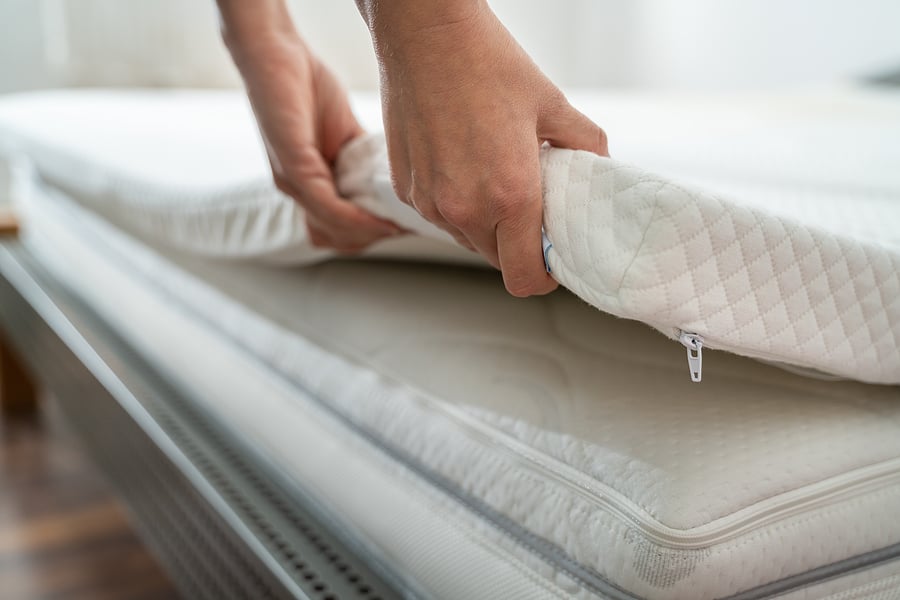 In conclusion, a
plastic mattress protector
is an essential item for your house design. Not only does it protect your investment and extend the life of your mattress, but it also enhances the overall functionality and cleanliness of your bedroom. So, the next time someone asks, "Can you wash a plastic mattress protector?", the answer is yes, and it's an important step in maintaining the integrity of your house design.
In conclusion, a
plastic mattress protector
is an essential item for your house design. Not only does it protect your investment and extend the life of your mattress, but it also enhances the overall functionality and cleanliness of your bedroom. So, the next time someone asks, "Can you wash a plastic mattress protector?", the answer is yes, and it's an important step in maintaining the integrity of your house design.



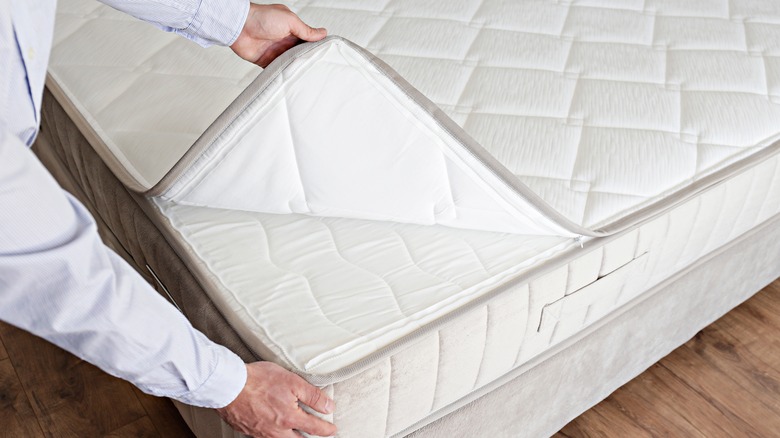
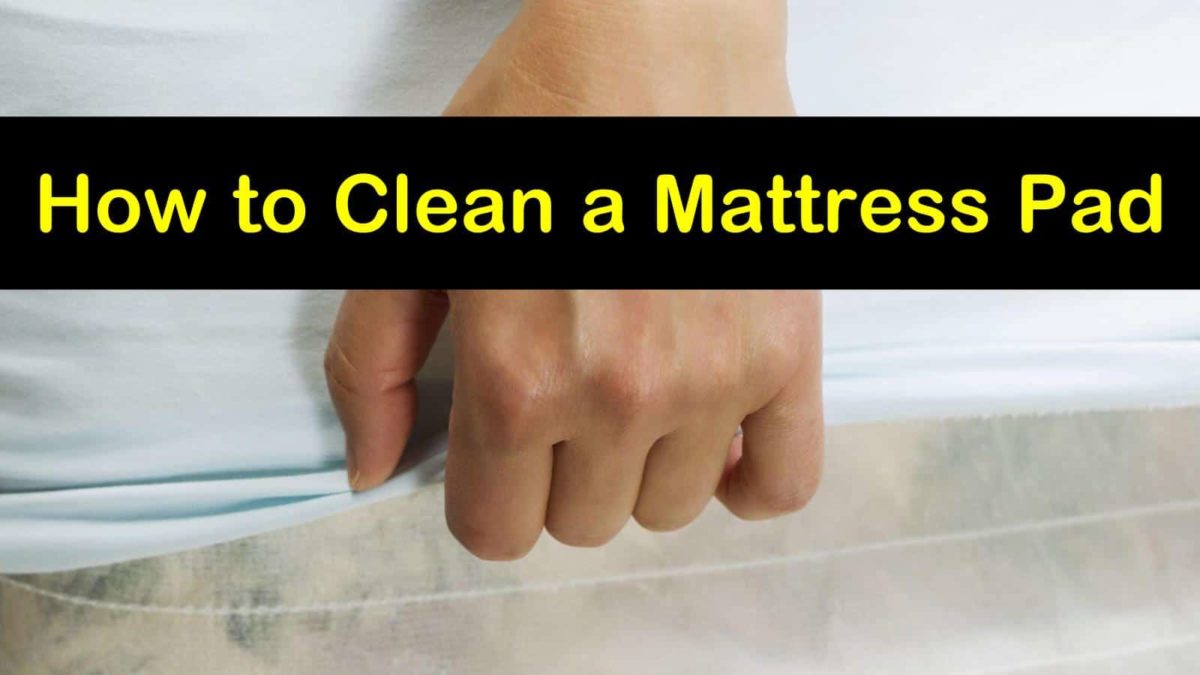




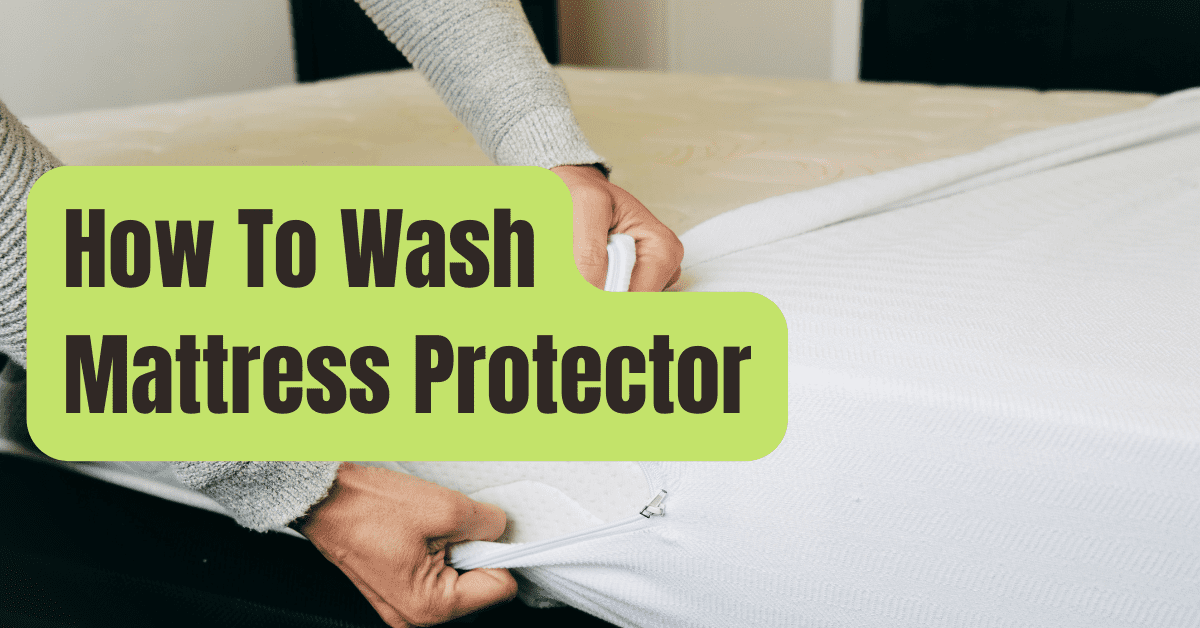
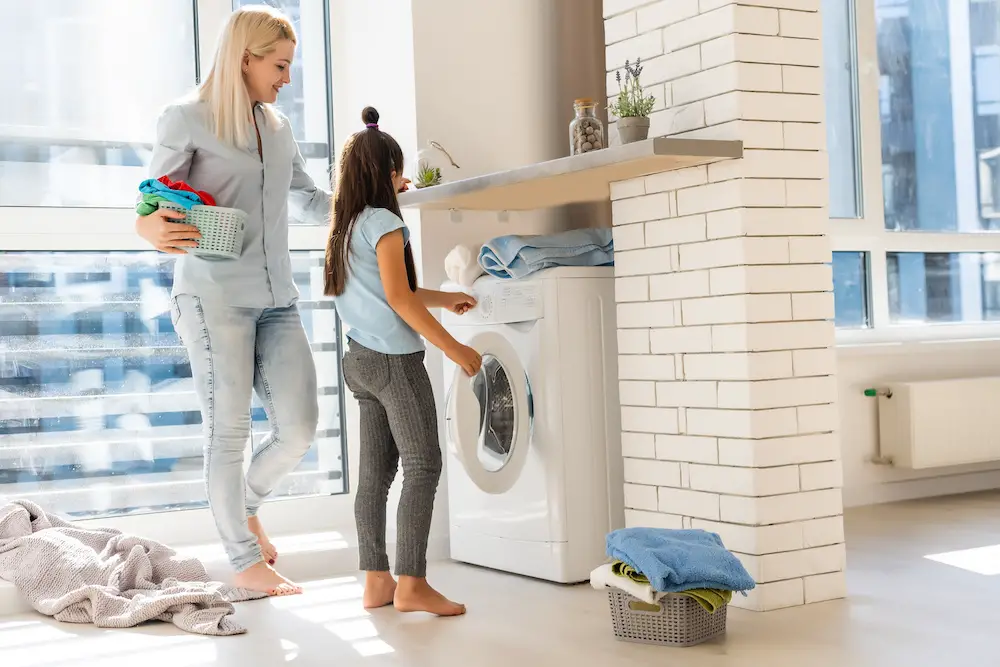


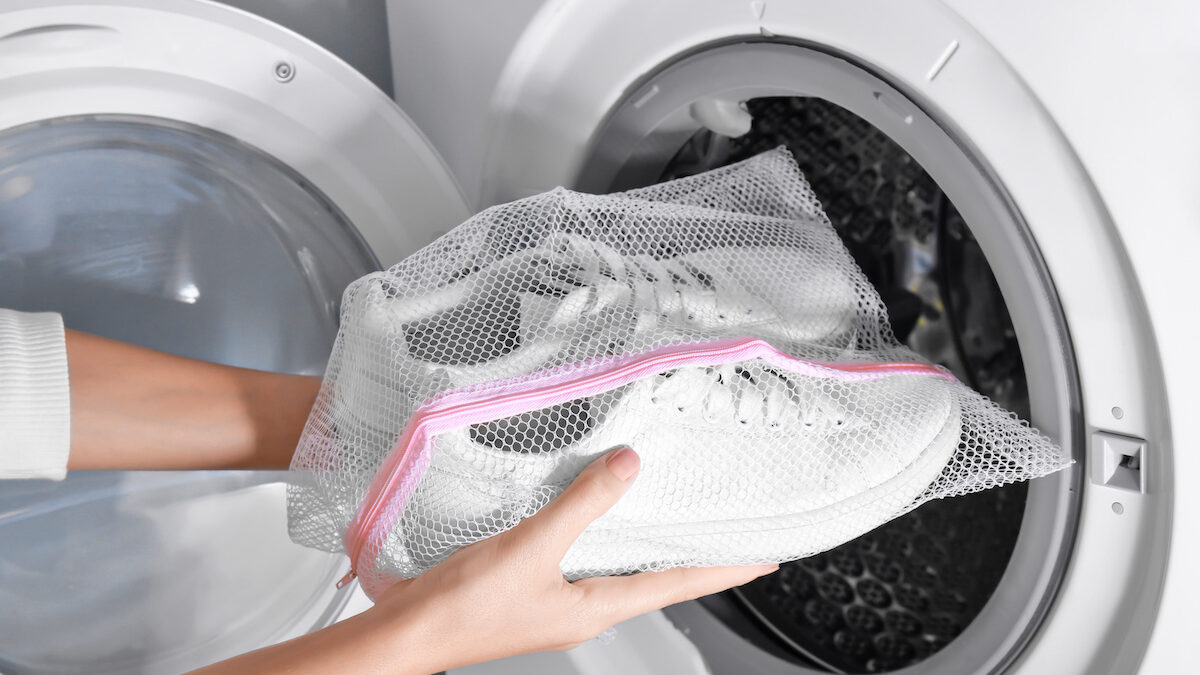


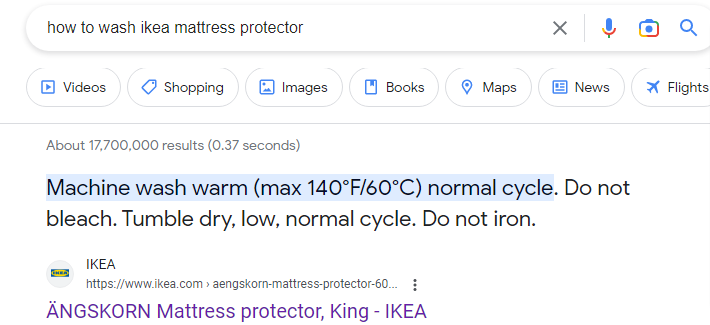





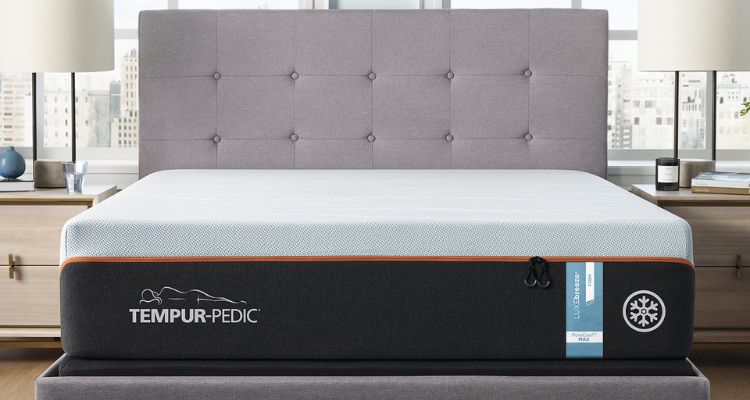




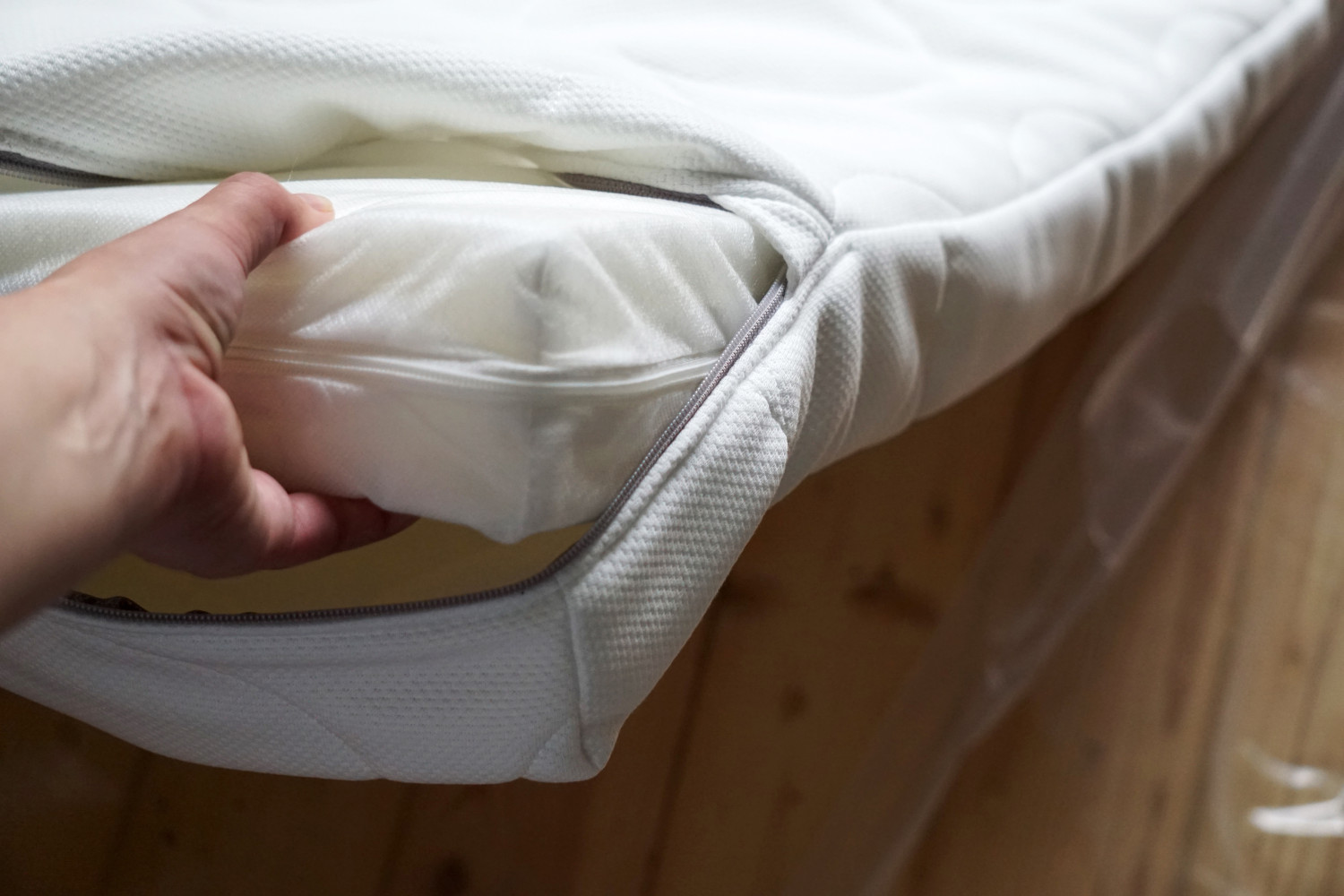
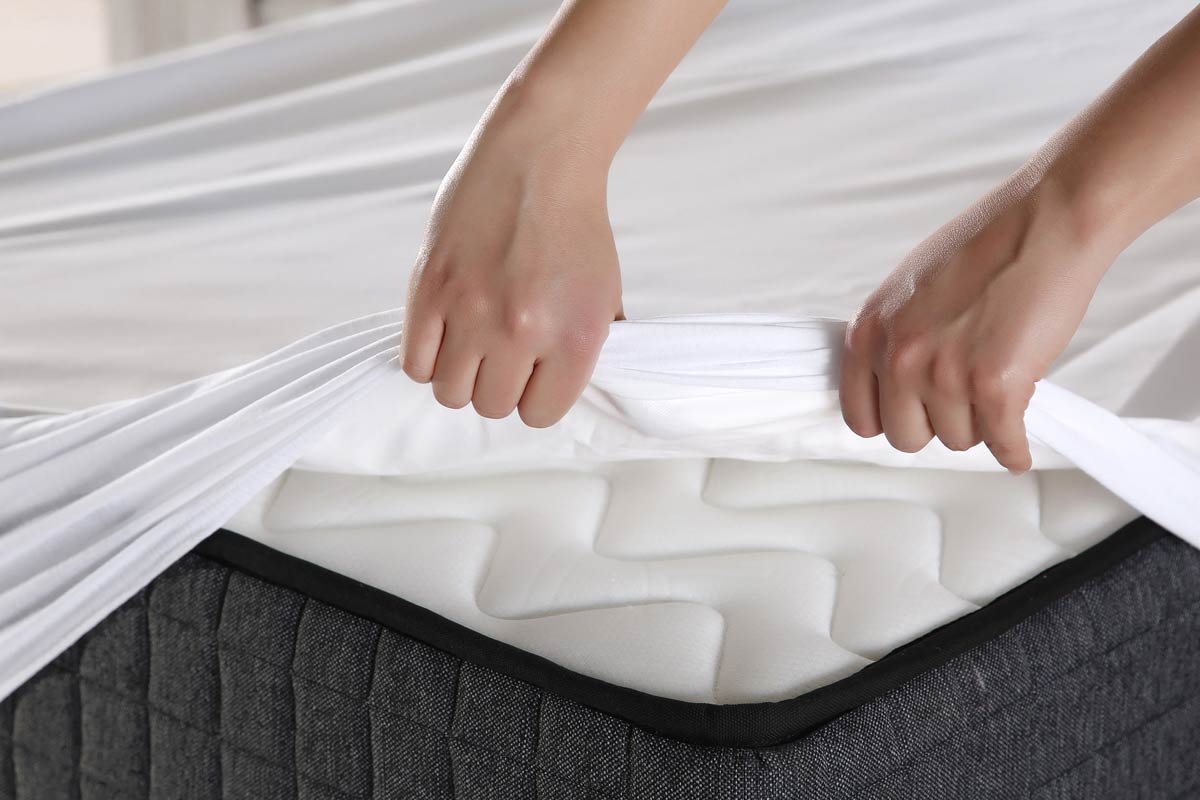
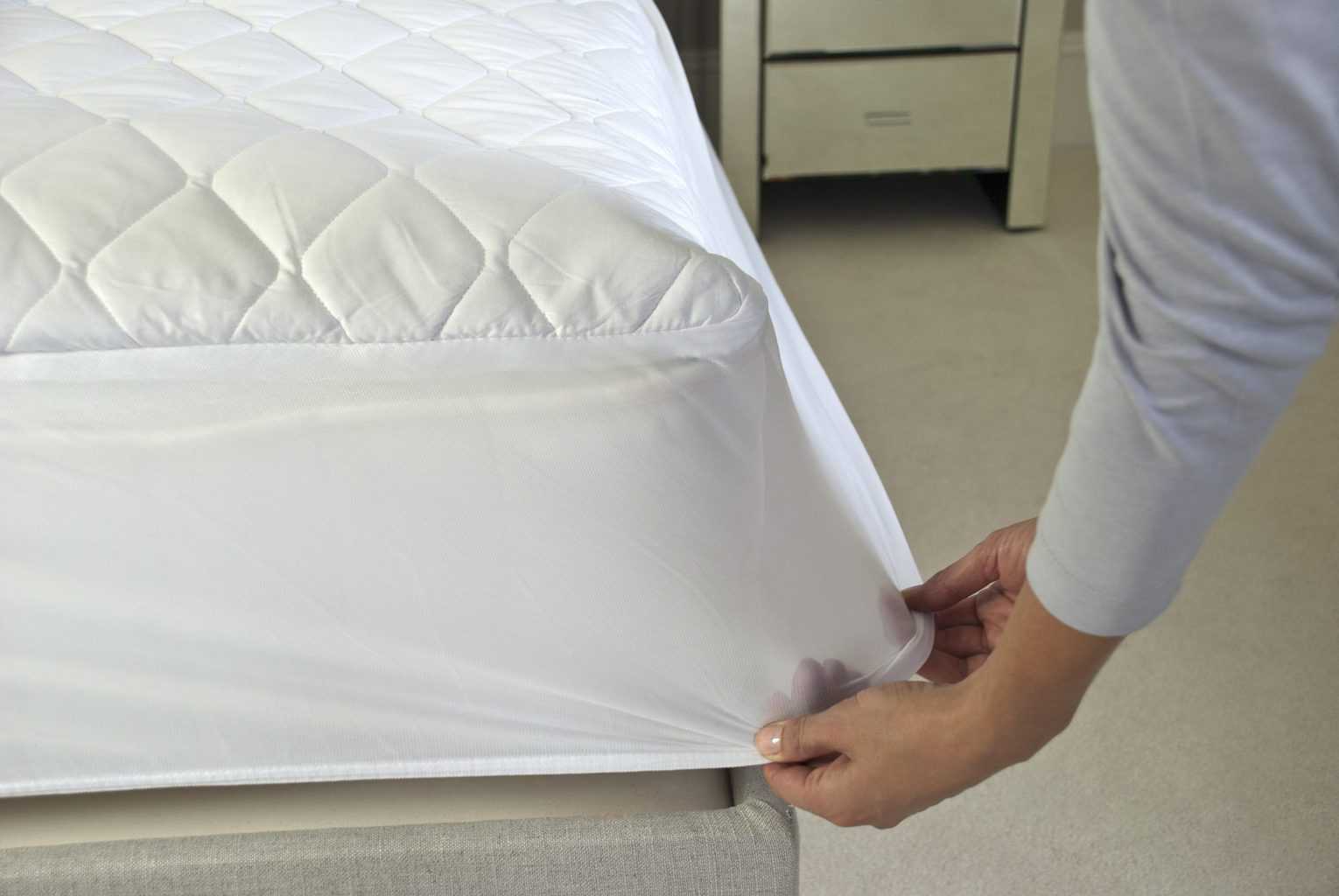




:max_bytes(150000):strip_icc()/how-to-wash-mattress-protector-5220415-hero-ef3d29e5dac34ab8a6482dc4e31a1252.jpg)





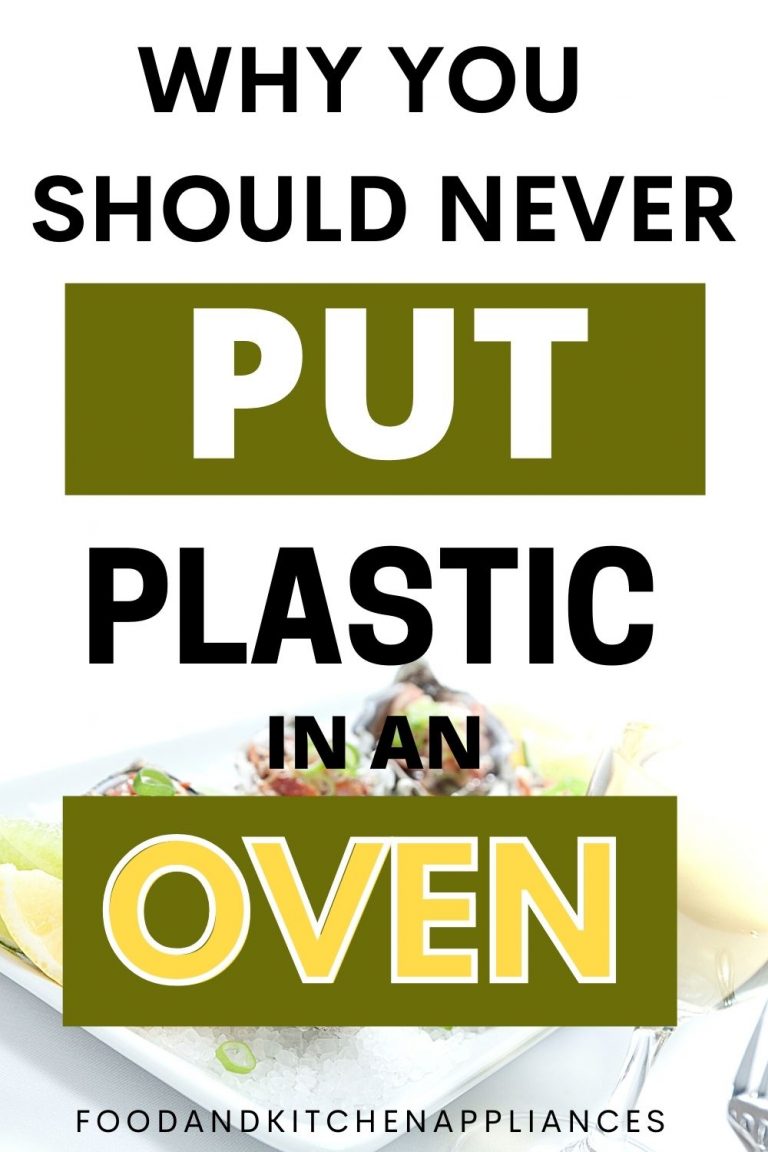


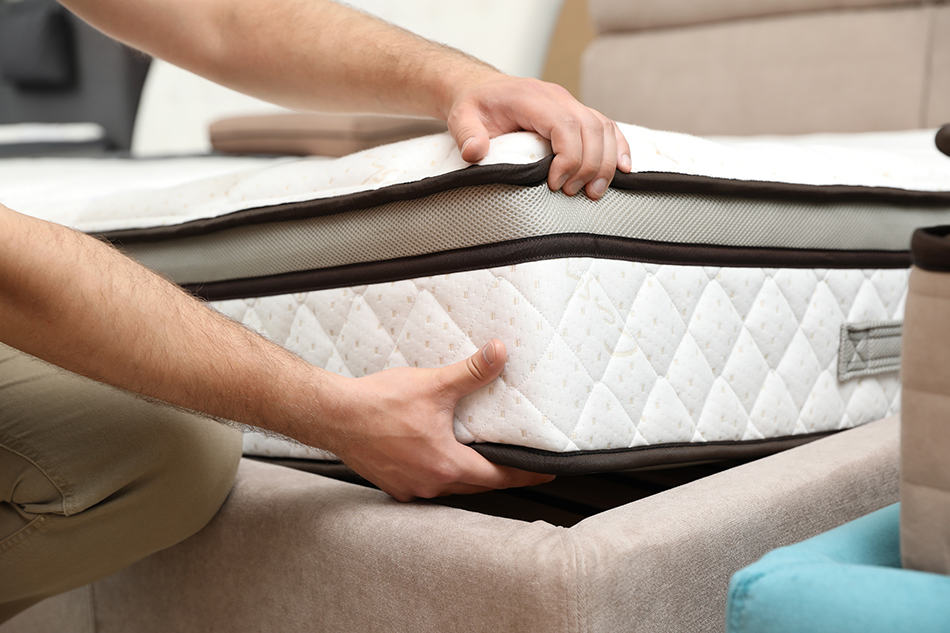
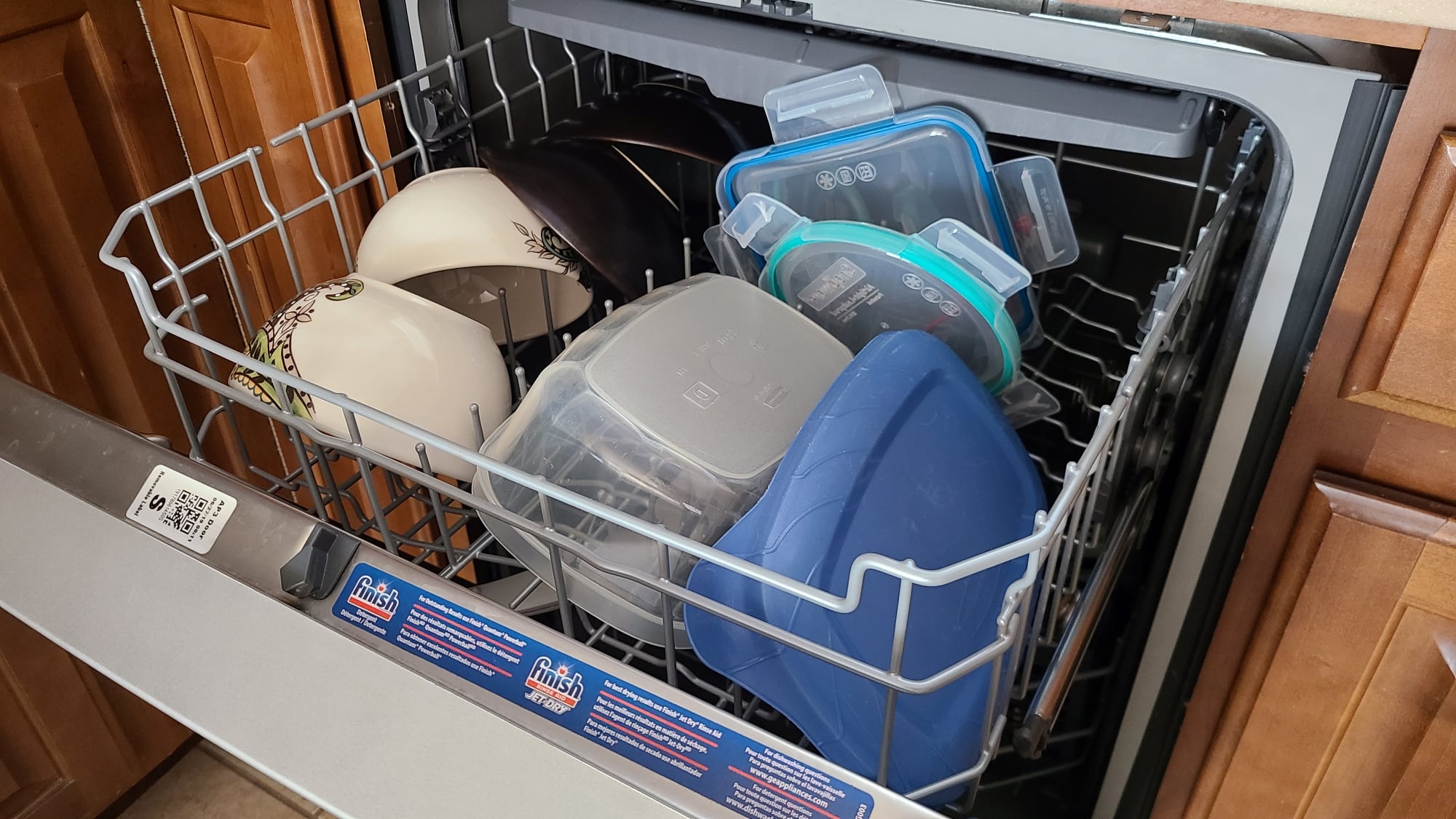


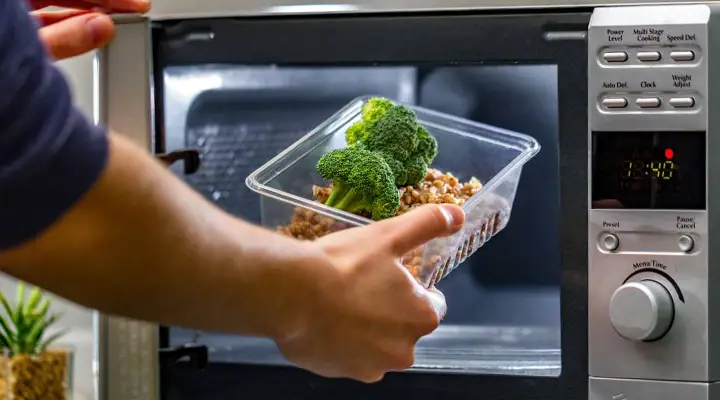

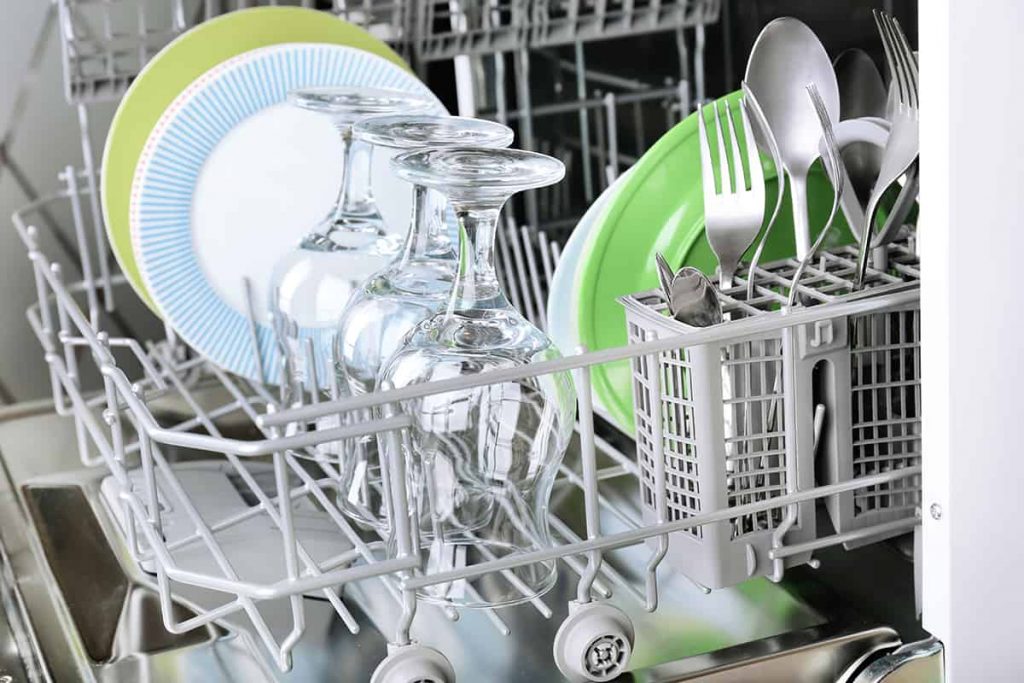

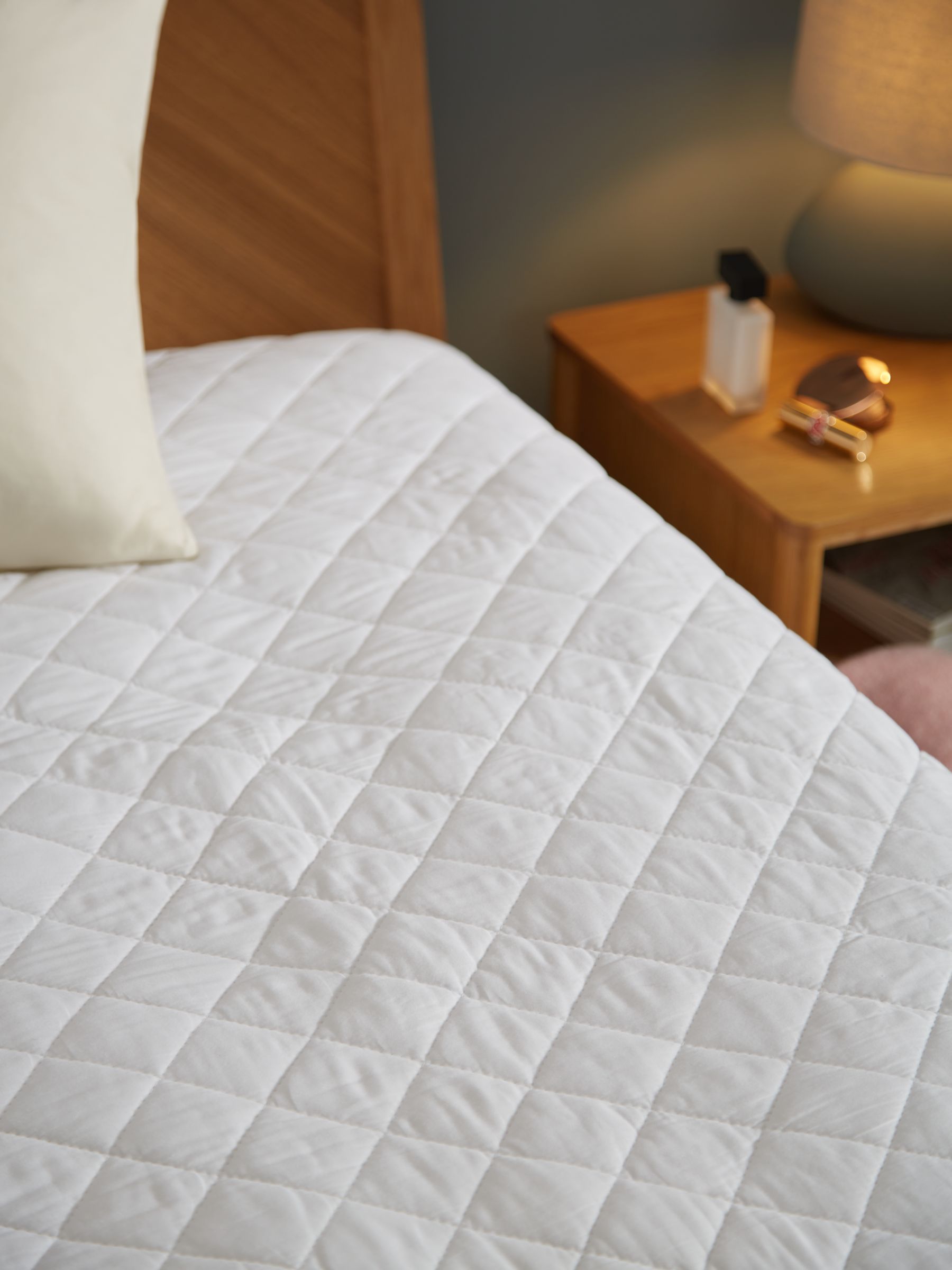





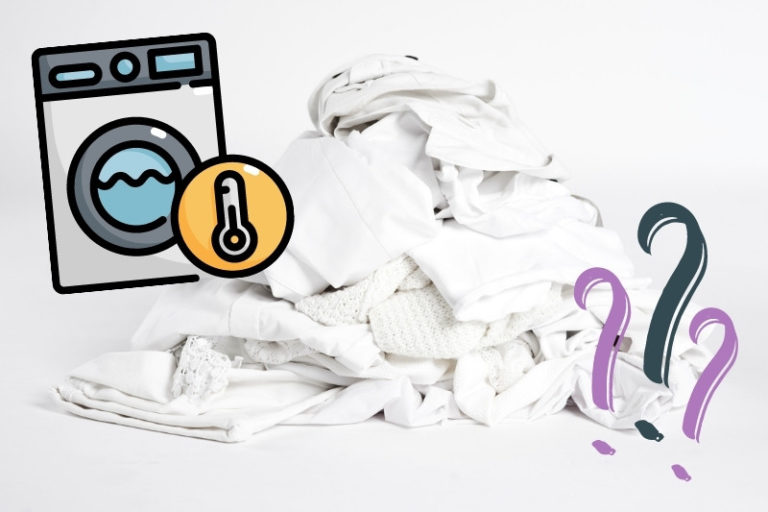
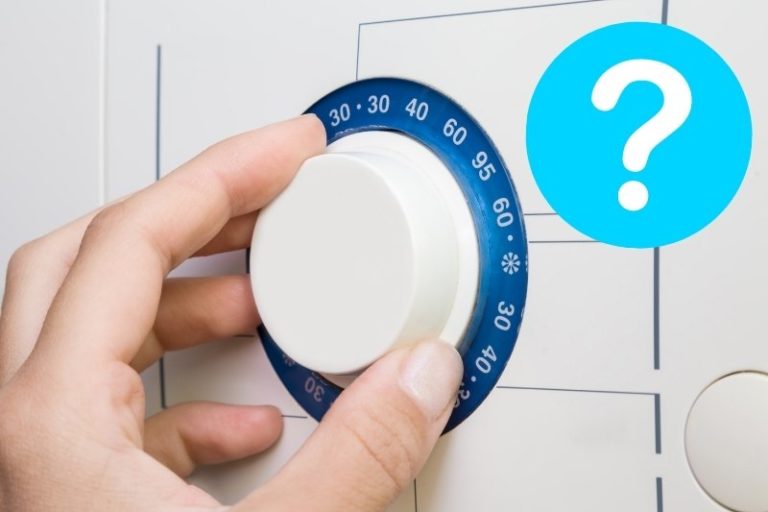




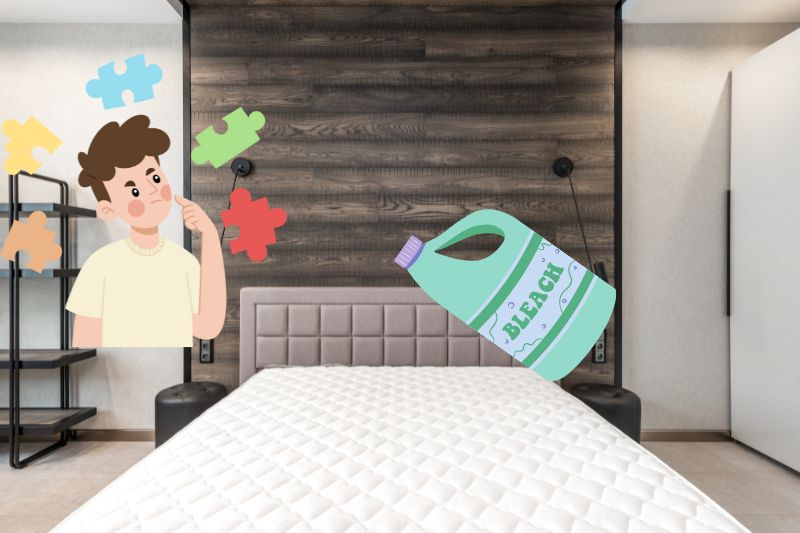


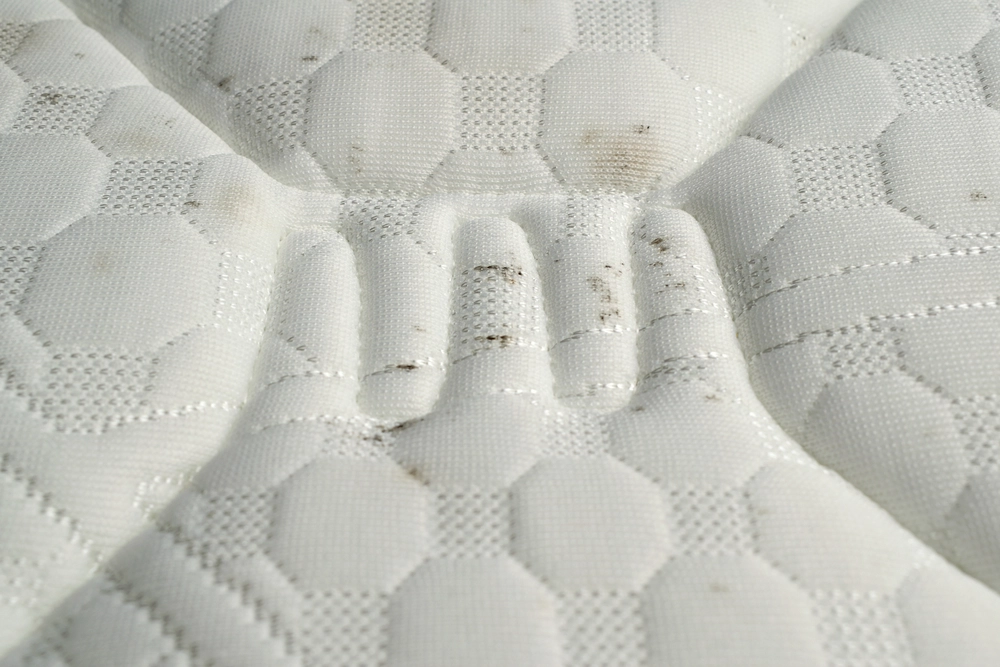

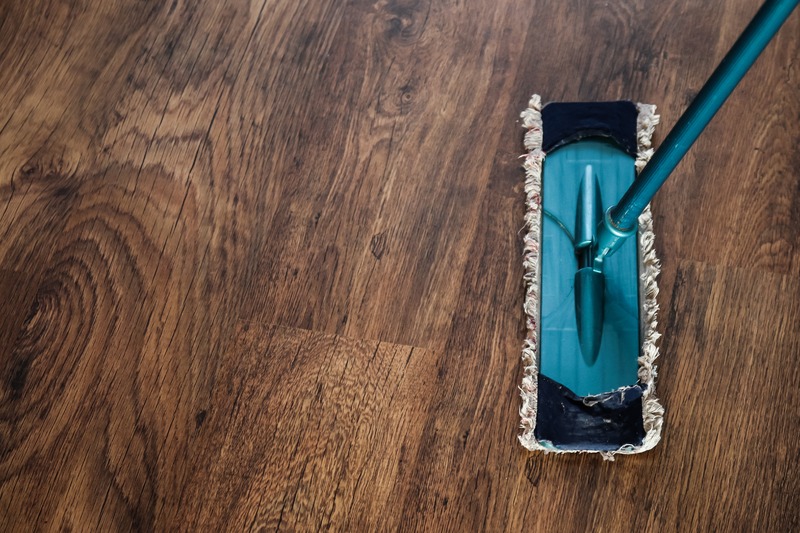






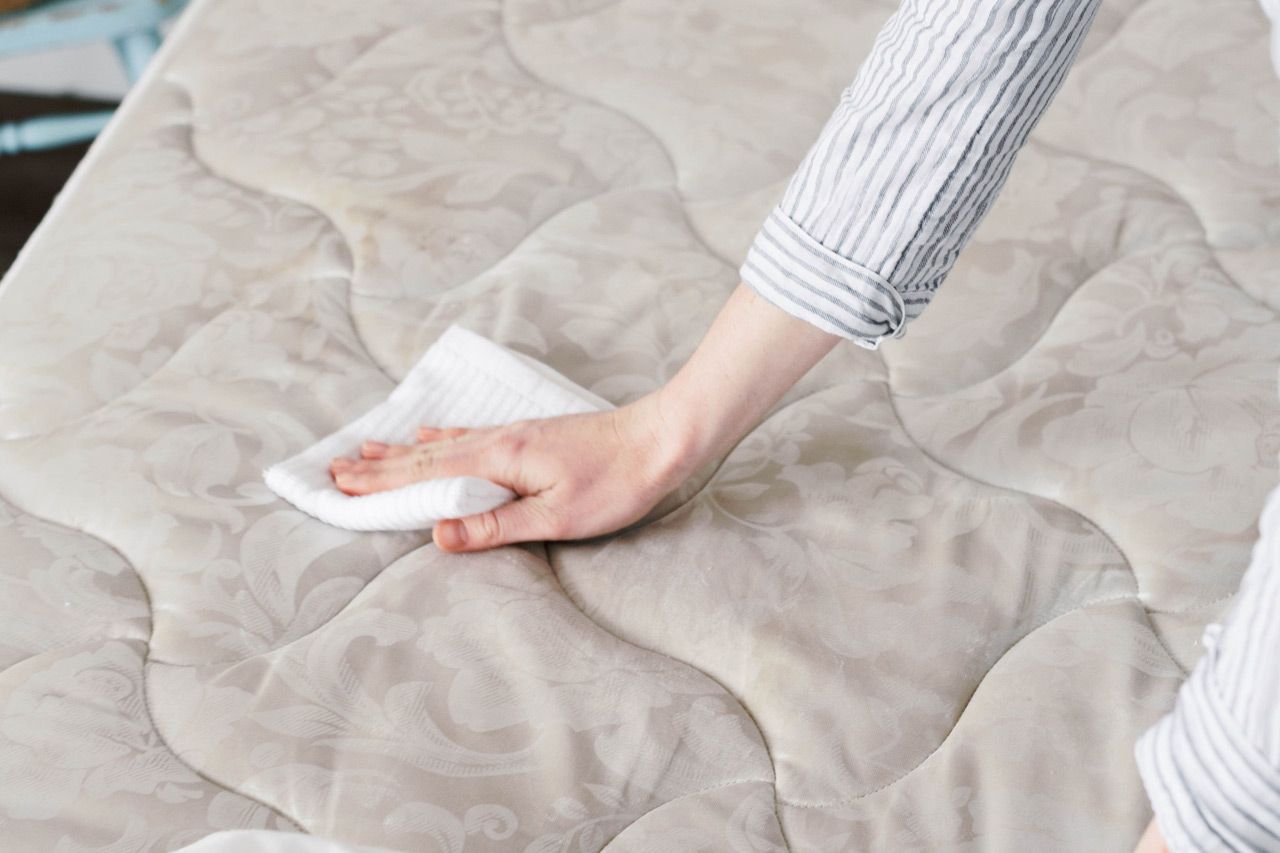






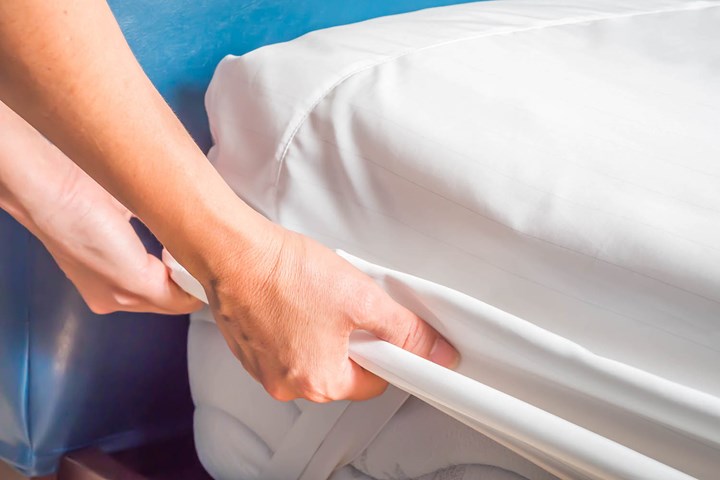
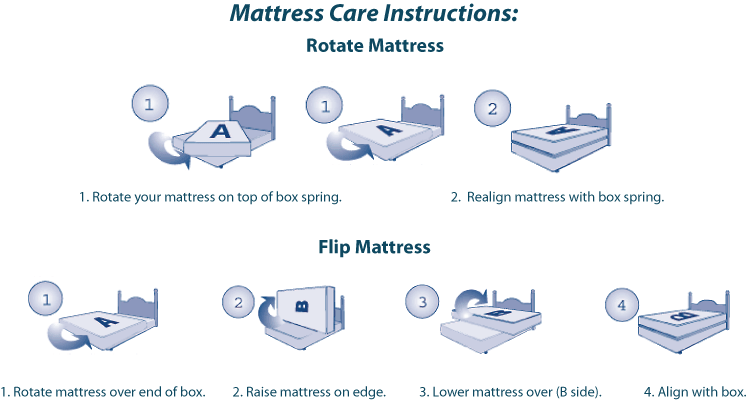



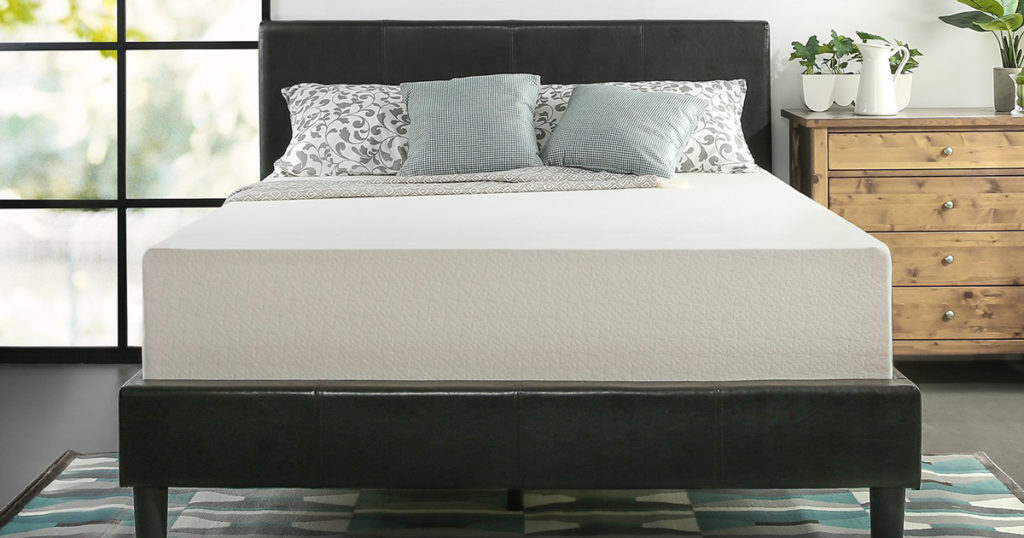



:no_upscale()/cdn.vox-cdn.com/uploads/chorus_asset/file/22758451/ShrazExterior.jpg)

